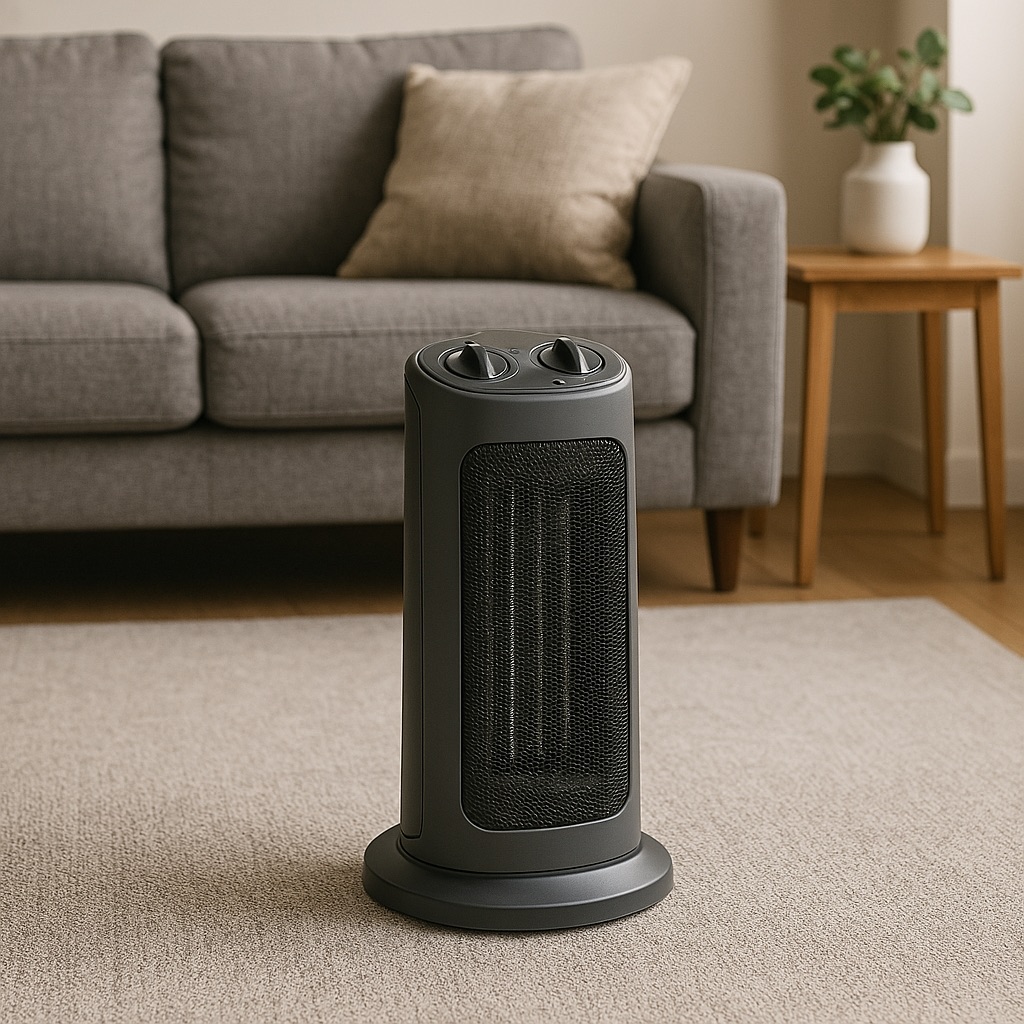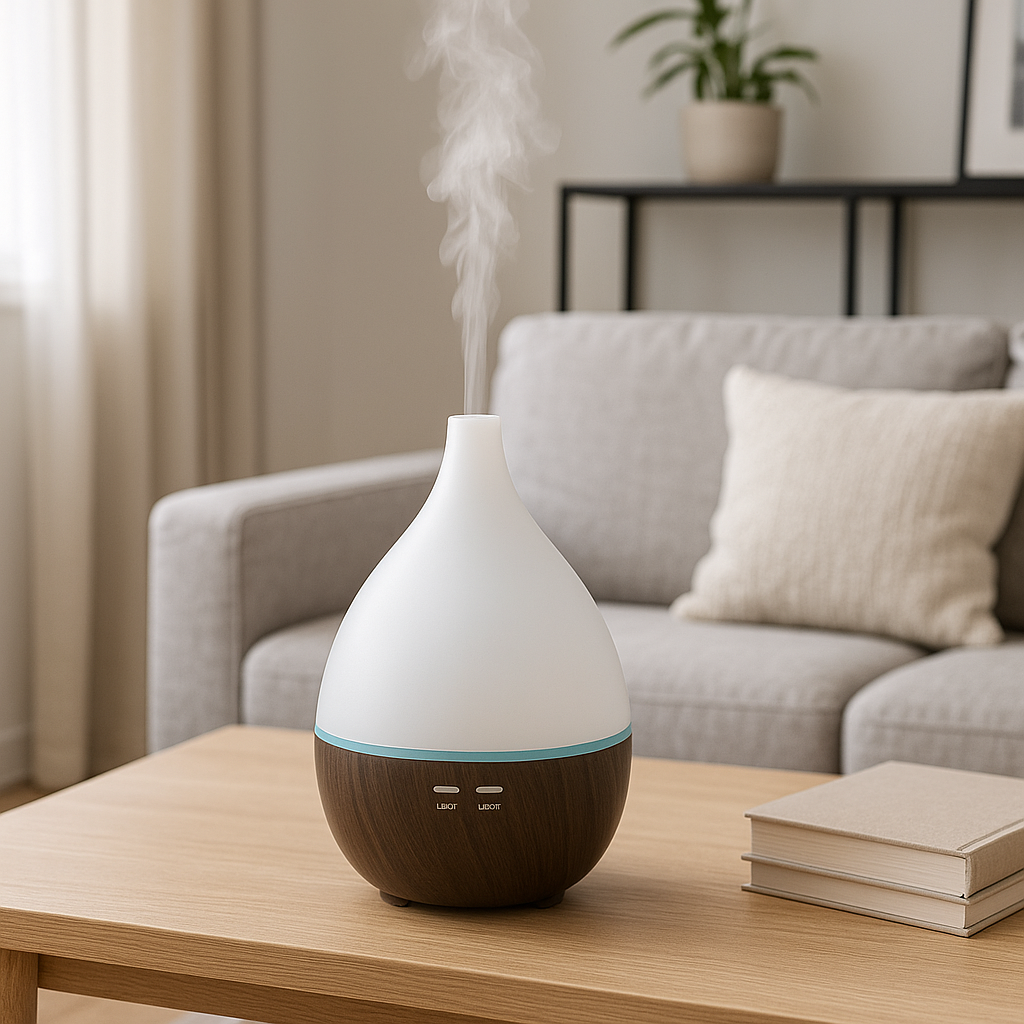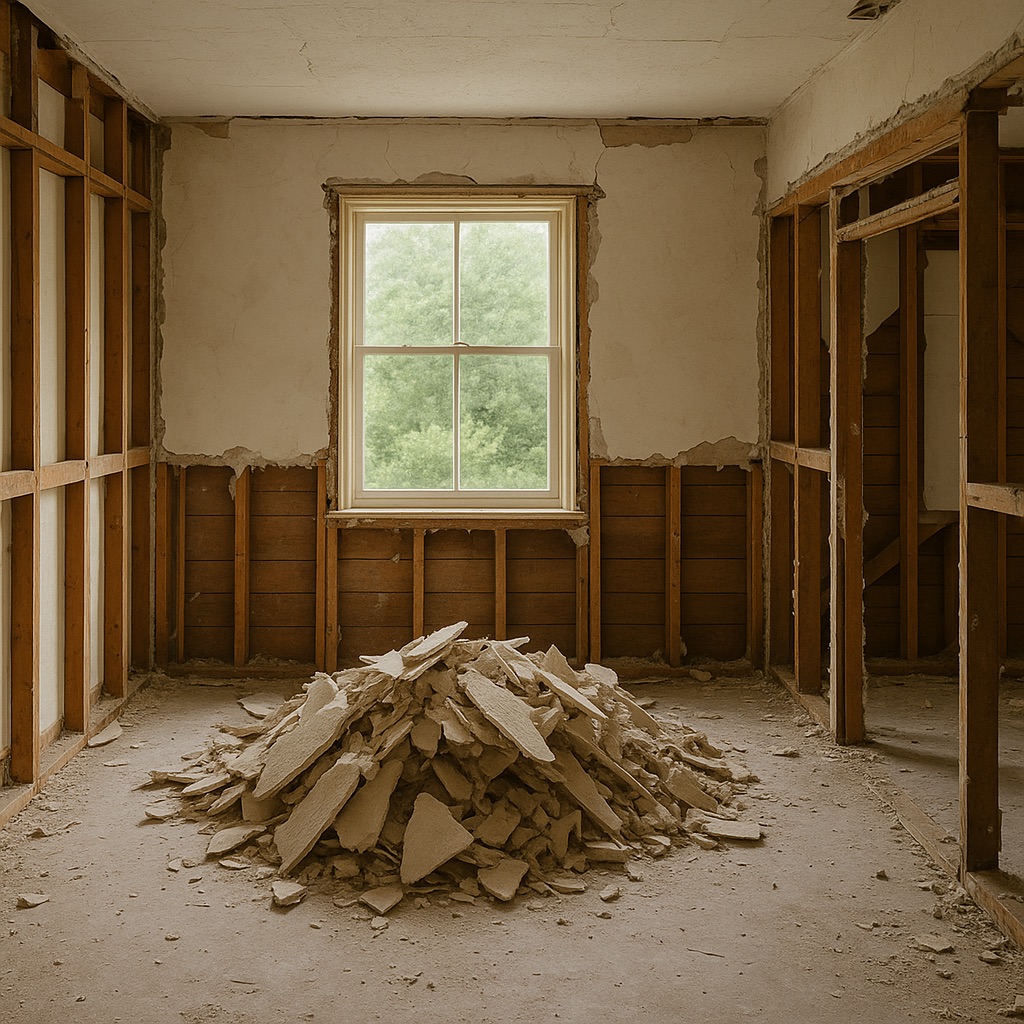Last updated on
The phenomenon of “thermal comfort” keeps us warm and cozy in our homes. Understanding this involves more than merely adjusting thermostats or swearing allegiance to a certain type of quilt. It’s about the intricate relationship between temperature, humidity, and air movement, which, when balanced, create a living space that feels just right.
Table of Contents
The Balance of Temperature

Temperature stands as a major factor in the equation of thermal comfort. It’s more than just numbers on a thermostat; it’s how those figures align with the complex machinery that is the human body. When temperatures fall between 68°F and 74°F, they typically fall within comfort zones for most individuals. However, it’s startling how slight variations can tip this delicate equilibrium. A few degrees upward might breed lethargy, while a few notches down can invite unease and chills.
Often, our personal preferences stem from physiological mechanisms that date back to our ancestors. The human body, composed of many adaptable features, strives continuously to regulate its internal temperature through processes such as vasodilation and vasoconstriction. This adaptability means that while one person may prefer a toasty 72°F, another might find solace in cooler surroundings. Considering these biological responses enables individuals to tailor their environments for personal well-being.
Creating a comfortable home environment sometimes requires professional insights into optimizing heating and cooling systems. If you’re searching for expertise, finding HVAC experts near me can provide valuable guidance in achieving the ideal balance tailored to your preferences and home characteristics.
The Role of Humidity
But temperature is neither the sole nor the monarch of thermal comfort. Humidity joins forces, wielding the power to tip the scales. Ideal indoor humidity levels range from 30% to 50%. In fact, our perception of warmth is profoundly affected by humidity. In humid conditions, sweat evaporates less effectively, making us feel hotter than the air temperature suggests. Conversely, excessively dry air has discomforts of its own, often leading to itchy skin and respiratory complications. It’s the synergy between moderate warmth and balanced humidity that lays the groundwork for comfort at home.
Humidity directly impacts not only how we feel but also the longevity of our homes. Excess moisture in the air can foster the growth of mold and mildew, creating unhealthy living conditions and damaging walls or materials over time. This means investing in proper ventilation systems is not only an investment in comfort, but also a proactive measure protecting the health and maintenance of our homes. The balance we seek is not just about personal comfort levels but employs a necessary consideration of holistic home care.
Air Movement
Imagine a warm room where air bends to your will, gently caressing your skin with a whispering breeze. It’s an experience carefully crafted by the often-overlooked variable of air movement. Even slight air movement speeds up the evaporation of sweat, cooling the skin unplugged from chilling fans or drafty windows. A comfortable living space relies on subtle but deliberate air currents that maintain comfort without introducing chills. This dance of airs we often overlook as a mere consequence of heating systems in motion can redefine the very feeling of home.
Interestingly, strategic placement of furniture can influence the airflow in rooms, enhancing the natural distribution of air currents. When thoughtfully arranged, interior spaces can naturally guide air throughout, achieving seamless and gentle cooling effects without the need for extensive mechanical systems. This not only helps in creating a more energy-efficient living space but also supports sustainable living practices by reducing dependency on artificial climate control.
Insulation and Personal Factors
Insulation forms the backbone of our house’s ability to retain controlled climates. Just as a strong fortress protects against invaders, good insulation keeps both sweltering summer air and bitter winter breath at bay. Of course, personal preferences and activities should also factor into thermal comfort. What feels just right to a sedentary reader might be stifling for someone engaged in physical exercise. Layering behavior, too, plays its role: the right balance of clothing can adjust and trigger the perception of warmth or cool.
The concept of layering extends beyond mere clothing adjustments. Flooring choices, such as carpets over cold tiles in winter or opting for lighter materials in warmer months, offer residents avenues to subtly tweak their environmental experience. Investing in versatile furnishings that cater to varying seasonal needs reflects a deeper understanding of the multidimensional nature of comfort. These considerations remind us that our living environments are dynamic and adaptable to changes in seasons and individual preferences.
The Big Picture
Thus, the science of thermal comfort transcends mere temperature adjustment. It’s a meticulous orchestration of temperature, humidity, air movement, and more, subtly yet powerfully ensuring our homes remain sanctuaries of comfort. We may not directly perceive this finely-tuned harmony, but its absence is undeniably felt in restless nights and lingering discomfort, attesting to its significance. As we design or adjust our living spaces, a deeper appreciation and adjustment for this invisible formula can ensure our homes nurture us with the warmth, literally, of embrace.




